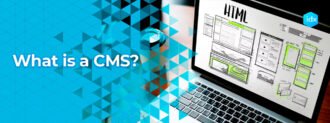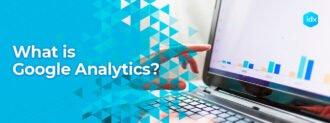The customer journey in ecommerce is the path taken by the customer from the moment he/she makes contact with a company until he/she purchases one of its products or services. In English, customer journey literally means customer journey.
This journey can last from a few minutes (e.g.: the user enters an online food store and buys several units of meat) to a year or more, when it comes to expensive products or services such as means of transportation, real estate, management software, etc.
Knowing what a customer journey is and how it works is vital for good business decision making.
Table of contents
why do we need the Customer Journey?
Delineating a customer journey in ecommerce allows us to make decisions to optimize sales and / or strengthen the customer base:
- improve the company-customer relationship
- optimize sales processes
- reorganize the company structure
- include new platforms and marketing strategies
- ..
Therefore, taking into account the costumer journey in ecommerce and acting accordingly, can determine a before and after in the history of our company.
Therefore, let’s see what it is and how to make a customer journey map, one of the best tools to analyze and predict customer behavior.
What it is and how to make a customer journey map
The customer journey map is a graphical and conceptual tool that allows us to define the “journey itinerary” of our customers.
To know how to make a customer journey map, we must know that the customer journey is divided into several phases, which can be grouped into 3 main categories:
- Marketing phases
- Sales phases
- Product phases
The marketing phase would be at the upper end of the funnel (the wide part), while the product phase would be at the lower end (the narrow part), which means that at each stage conditions are filtered until the final result is reached.
Phases of the customer journey map
There are plenty of examples and models of customer journey map phases. But in general terms, the ecommerce customer journey is usually defined as presented in the previous section.
Marketing phases
The main marketing phases are Discovery and Learning. The first involves the customer’s discovery of our products and/or services. If he is interested, we will provide him with information about the offers and how to purchase them, which would already be in the Learning phase.
Sales phases
Once we have succeeded in getting the customer interested in our products and services, we must help him choose what he needs. This is the Choice phase. Then we enter the Acquisition phase, where the sale is finally closed.
Product phases
After closing the sale, we must deploy strategies to build customer loyalty. This is where the Implementation phase comes in, where we use discount coupons, newsletters, technical support and other ways to make the customer feel happy with our service.
Then come the Testing and Maintenance phases, which speak for themselves, since marketing campaigns must be constantly renewed, as well as the improvement of offers, the inclusion of new products, diversification, etc.
Related Posts








